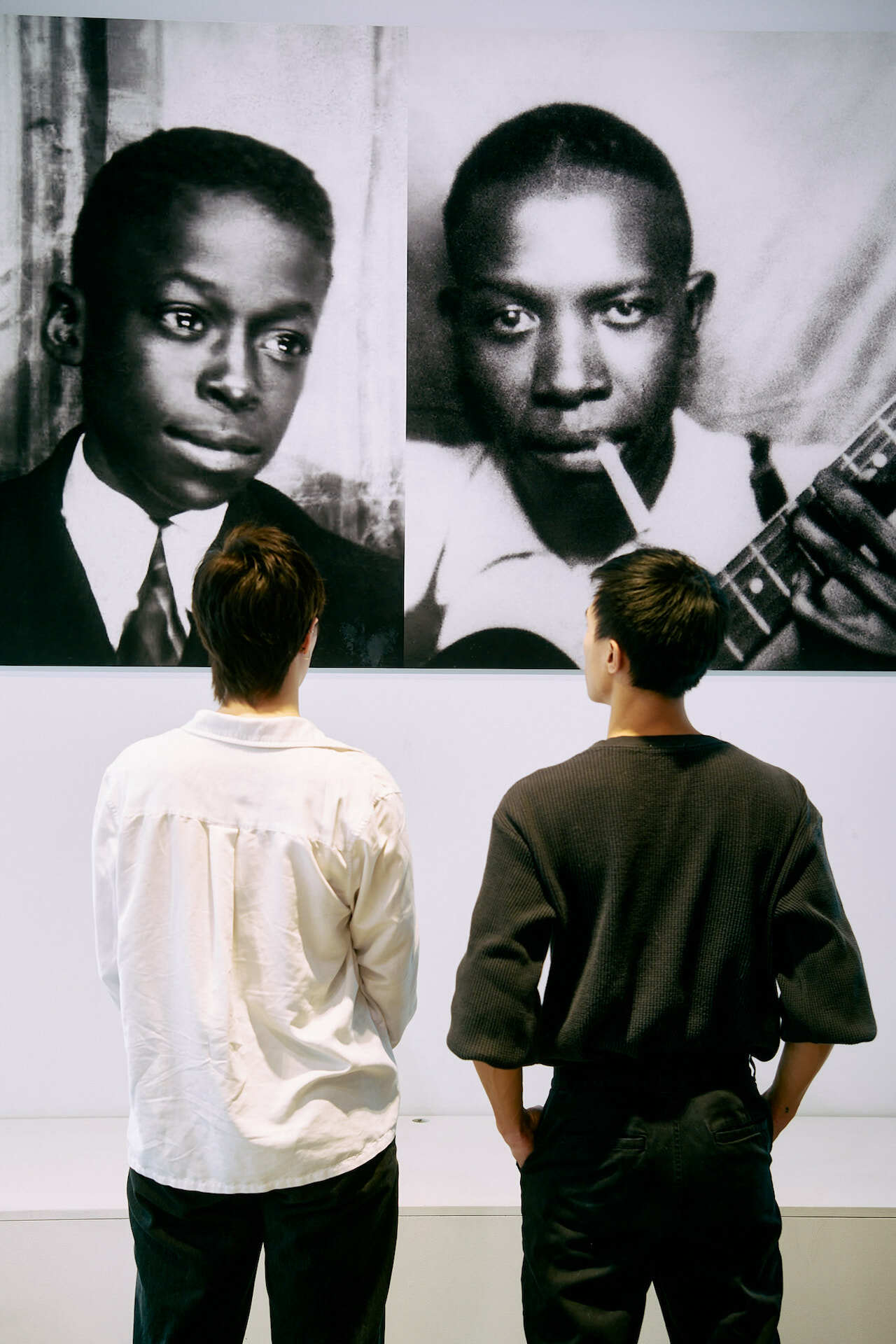
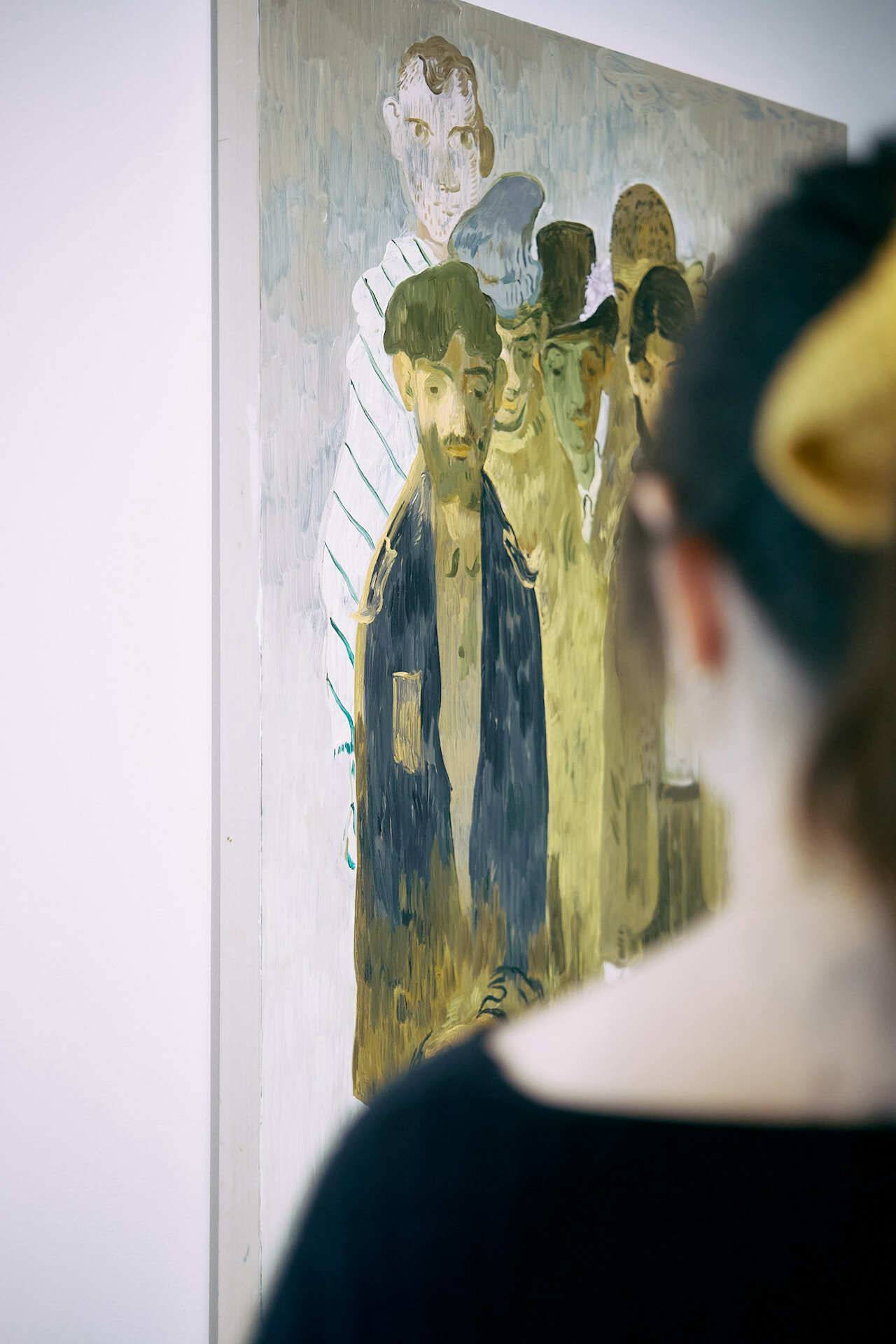
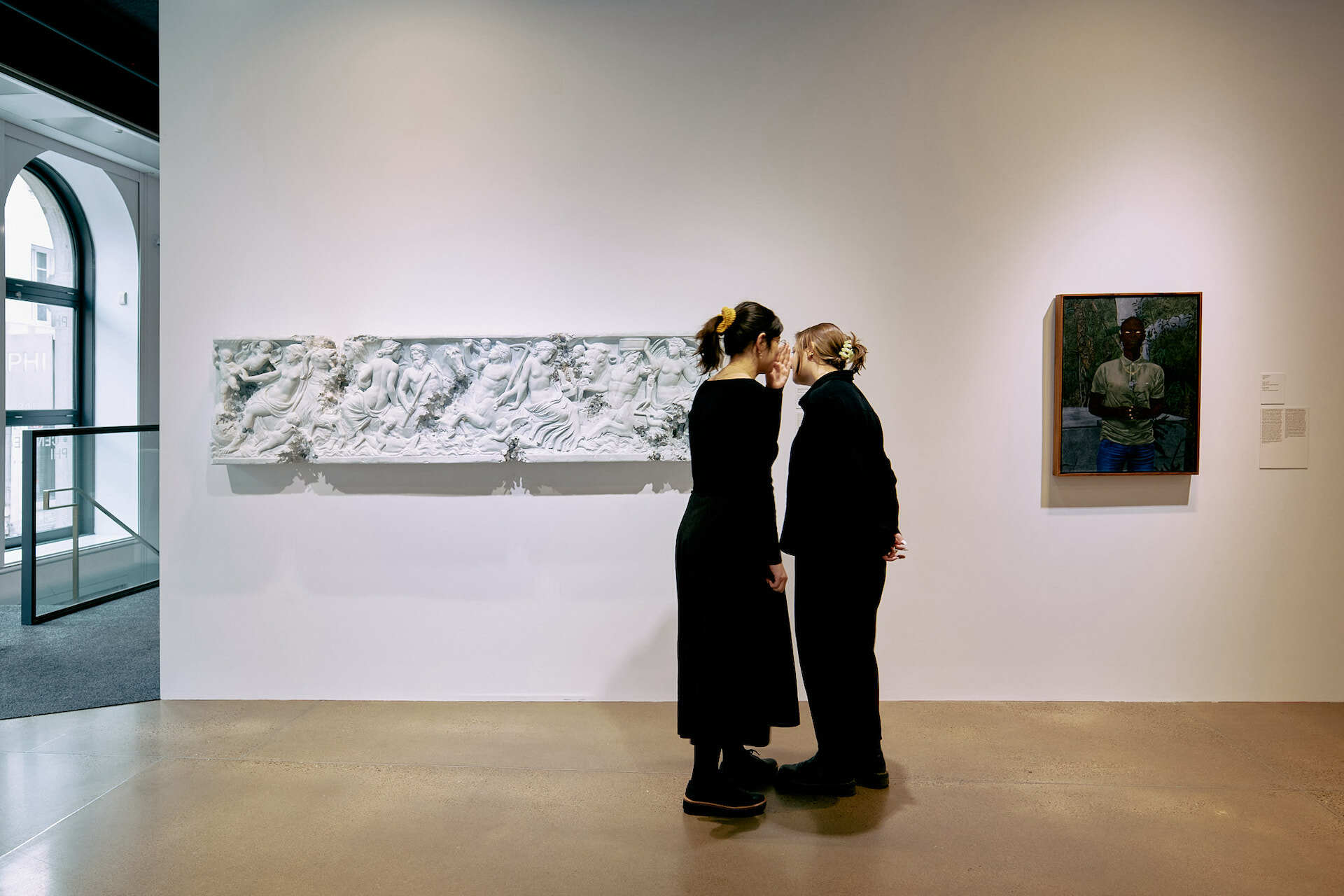
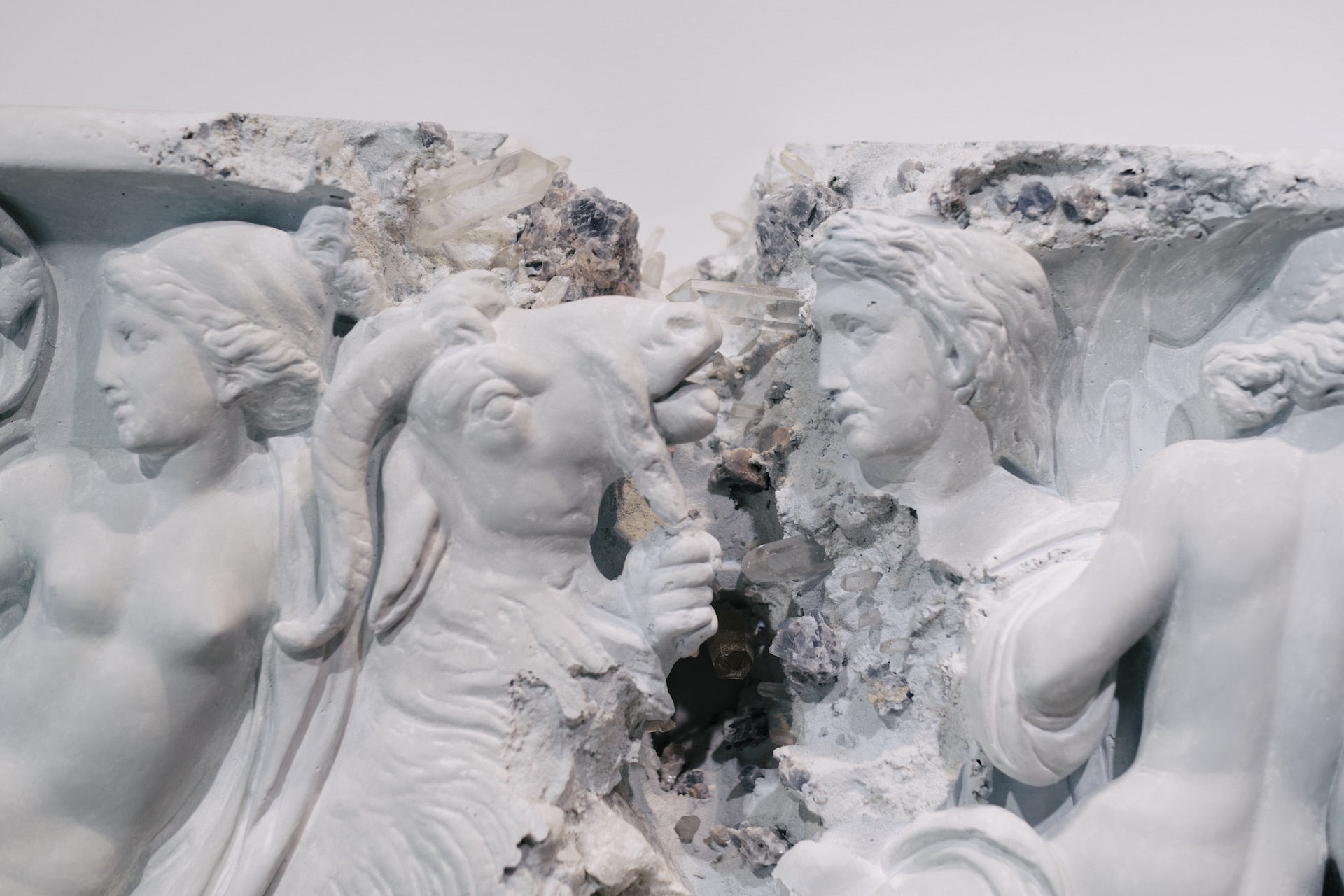
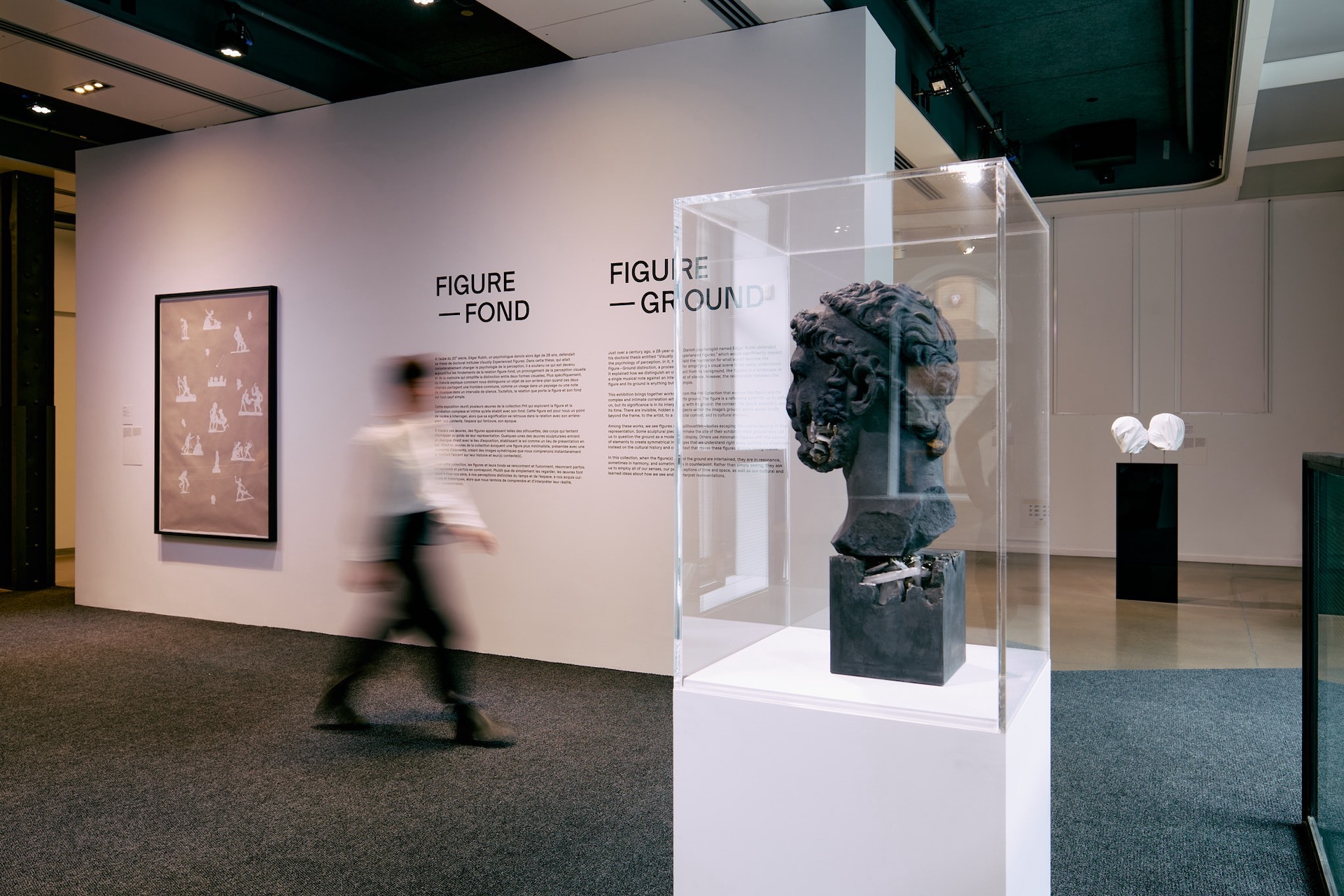
PHI Centre
315 Saint-Paul St West
Montreal, Quebec, H2Y 2A3
Monday and Tuesday: 9 AM to 5 PM
Wednesday and Thursday: 9 AM to 7 PM
Friday: 9 AM to 9 PM
Saturday: 11 AM to 9 PM
Sunday: 11 AM to 7 PM
All ages
Free, no reservations required
Before visiting, please review some essential information about the visit, including details on accessibility at the Centre.
For more details on safety measures in place at the PHI Centre, visit our COVID-19 page.
An ongoing collection of contemporary artworks, accessible and free at the PHI Centre.
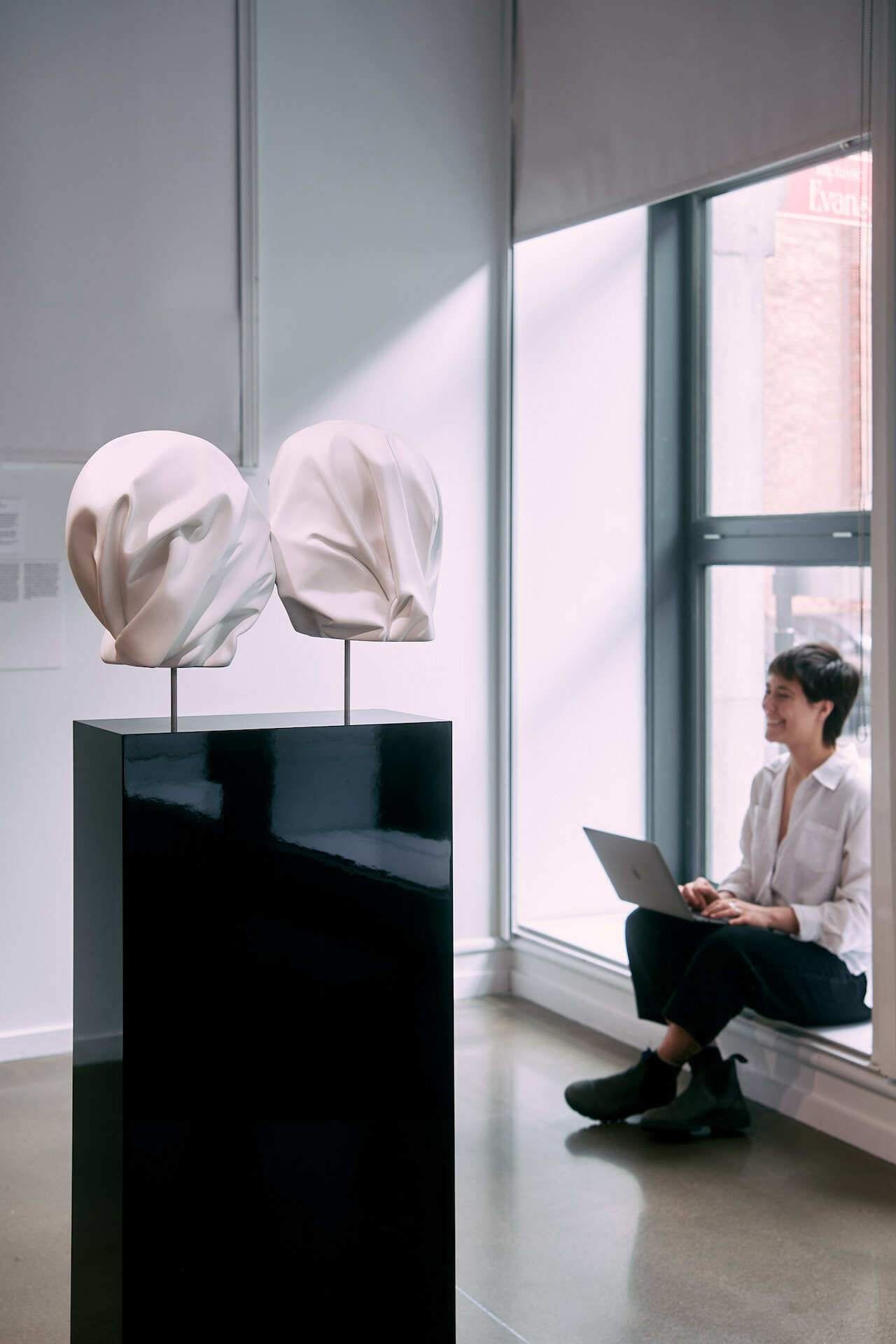
Following our mission to bring art into our everyday lives, PHI is now displaying a selection of its ongoing collection of contemporary artworks on the ground floor of the PHI Centre, free and accessible to the public.
Titled Figure–Ground, the series has been carefully selected by Jon Knowles, Exhibitions Manager at the PHI Foundation.
The selection brings together several works from the PHI collection that explore the figure and the complex and intimate correlation it establishes with its background. For us, the figure is a point of reference to question, while its meaning is found in the relationship with its background: its context, the space that surrounds it, and its place in time.
Among these works, we see figures as silhouettes—bodies escaping the overburdening of their representation. Some sculptural pieces make the site of their exhibition their ground and call us to question the ground as a mode of display. Others use minimalist figures with the barest of elements to create symmetrical images that we understand right away, putting an emphasis instead on the cultural history and context that makes these figures at once recognizable.
In this collection, when the figure(s) and the ground are intertwined, they are in resonance, sometimes in harmony, and sometimes in counterpoint. Rather than simply seeing, they ask us to employ all of our senses, our perceptions of time and space, as well as our cultural and learned ideas about how we see and interpret representations.
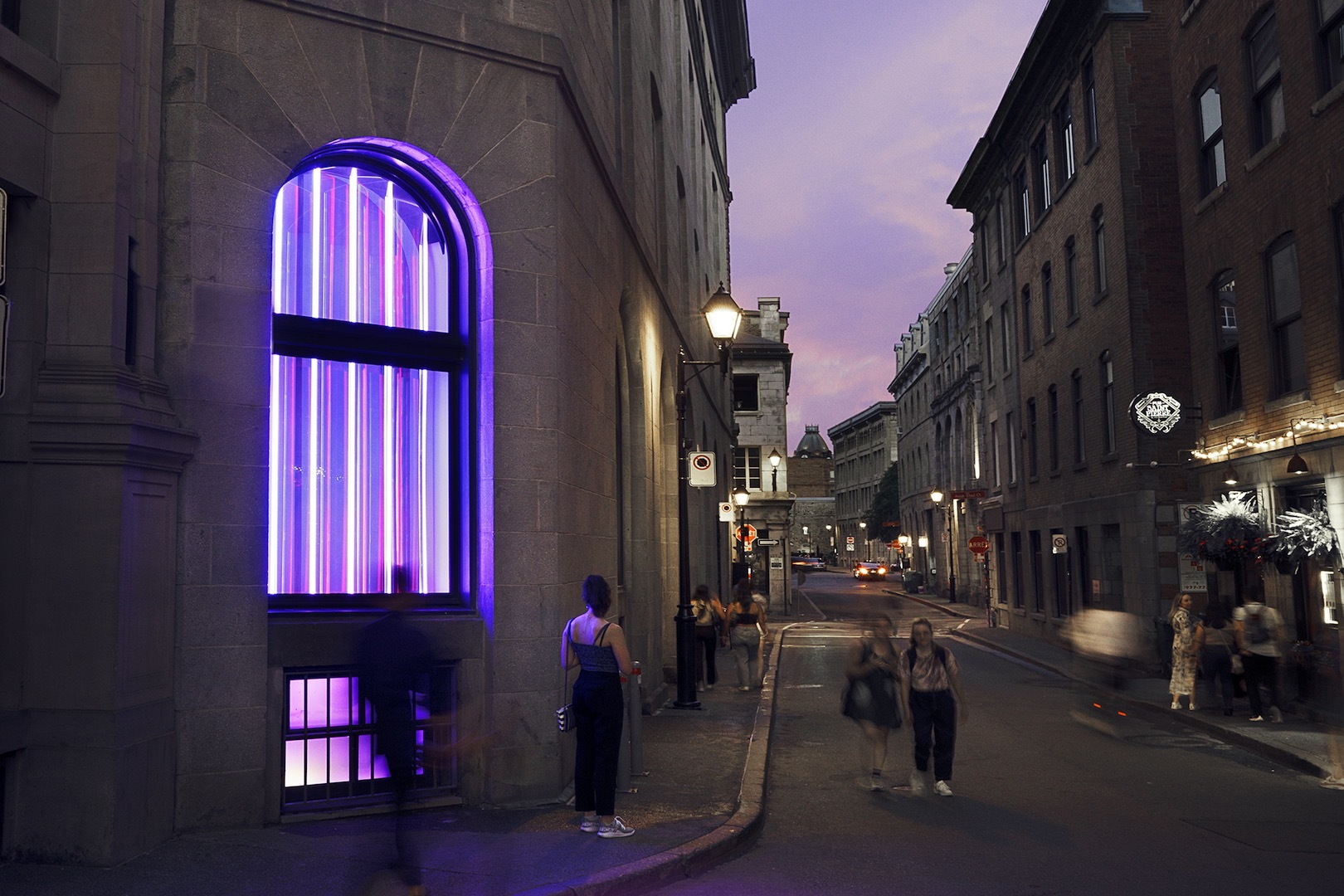
Free
Centre
The PHI Centre showcases a light installation with evolving content, adapting to the seasons and exhibitions